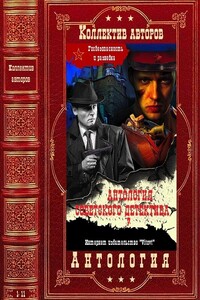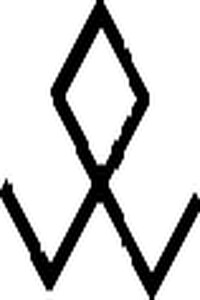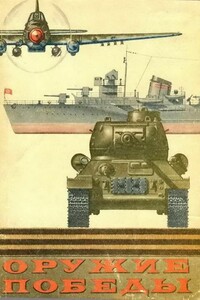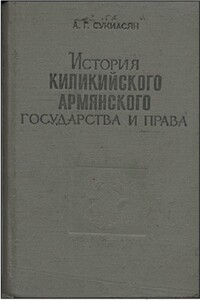— три проблеска означают «Мои движители работают на задний ход»;
(ii) продолжительность каждого проблеска должна быть около 1 с, интервал между проблесками — около 1 с, интервал между последовательными сигналами — не менее 10 с;
(Ш) используемый для подачи такого сигнала огонь, если он установлен, должен быть белым круговым огнем, видимым на расстоянии не менее 5 миль, и должен соответствовать требованиям Приложения I к настоящим Правилам.
(c) Когда суда находятся на виду друг у друга в узком проходе или на фарватере, то:
(i) судно, намеревающееся обогнать в соответствии с Правилом 9 (е) (i) другое судно, должно показать свое намерение следующими сигналами, подаваеМ'ыми свистком:
— два продолжительных звука и вслед за ними один короткий звук, которые означают «Я намереваюсь обогнать вас по вашему правому борту»;
— два продолжительных звука и вслед за ними два коротких звука, которые означают «Я намереваюсь обогнать вас по вашему левому борту»;
(И) судно, которое намереваются обогнать, должно, действуя , в соответствии с Правилом 9 (е) (i), подтвердить свое согласие следующим сигналом, подаваемым свистком в указанной последовательности:
— один продолжительный, один короткий, один продолжительный и один короткий звук.
(d) When vessels in sight of one another are approaching each other and from any cause either vessel fails to understand the intentions or actions of the other, or is in doubt whether sufficient action is being taken by the other to avoid collision, the vessel in doubt shall immediately indicate such doubt by giving at least five short and rapid blasts on the whistle. Such signal may be supplemented by a light signal of at least five short and rapid flashes.
(e) A vessel nearing a bend or an area of a channel or fairway where other vessels may be obscured by an intervening obstruction shall sound one prolonged blast. Such signal shall be answered with a prolonged blast by any approaching vessel that may be within hearing around the bend or behind the intervening obstruction.
(f) If whistles are fitted on a vessel at a distance apart of more than 100 metres, one whistle only shall be used for giving manoeuvring and warning signals.
Rule 35
Sound Signals in restricted Visibility
In or near an area of restricted visibility, whether by day or night,
the signals prescribed in this Rule shall be used as follows:
(a) A power-driven vessel making way through the water shall sound at intervals of not more than 2 minutes one prolonged blast.
(b) A power-driven vessel underway but stopped and making no way through the water shall sound at intervals of not more than 2 minutes two prolonged blasts in succession with an interval of about 2 seconds between them.
(c) A vessel not under command, a vessel restricted in her ability to manoeuvre, a vessel constrained by her draught, a sailing vessel, a vessel engaged in fishing and a vessel engaged in towing or pushing another vessel shall, instead of the signals prescribed in paragraphs (a) or (b) of this Rule, sound at intervals of not more than 2 minutes three blasts in succession, namely one prolonged followed by two short blasts.
(d) A vessel engaged in fishing, when at anchor, and a vessel restricted in her ability to manoeuvre when carrying out her work at anchor, shall instead of the signals prescribed in paragraph (g) of this Rule sound the signal prescribed in paragraph (c) of this Rule.
(e) A vessel towed or if more than one vessel is towed the last vessel of the tow, if manned, shall at intervals of not more than 2 minutes sound four blasts in succession, namely one prolonged followed by three short blasts. When practicable, this signal shall be made immediately after the signal made by the towing vessel.
(d) Когда суда, находящиеся на виду друг у друга, сближаются и по какой-либо причине одно из нихше может понять намерений или действий другого судна или сомневается в том, предпринимает ли это другое судно достаточное действие для предупреждения столкновения, оно должно немедленно сообщить об этом подачей по меньшей мере пяти коротких и частых звуков свистком. Такой сигнал может сопровождаться световым сигналом, состоящим по меньшей мере из пяти коротких и частых проблесков.







